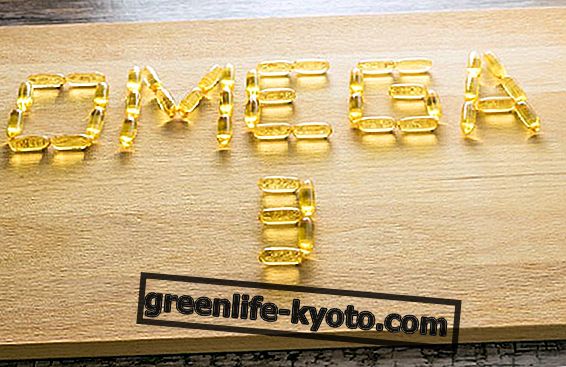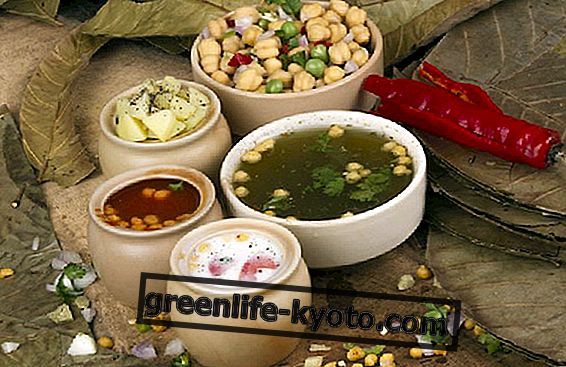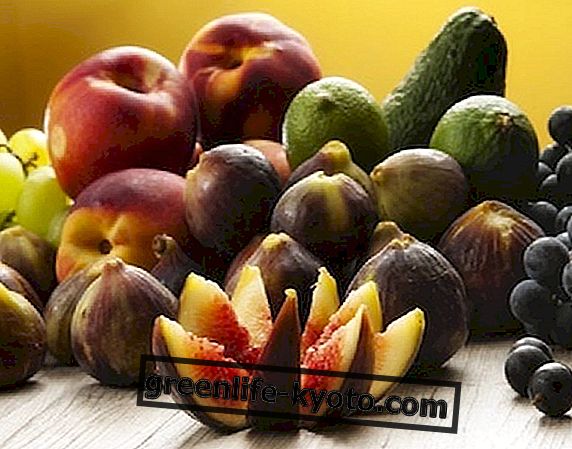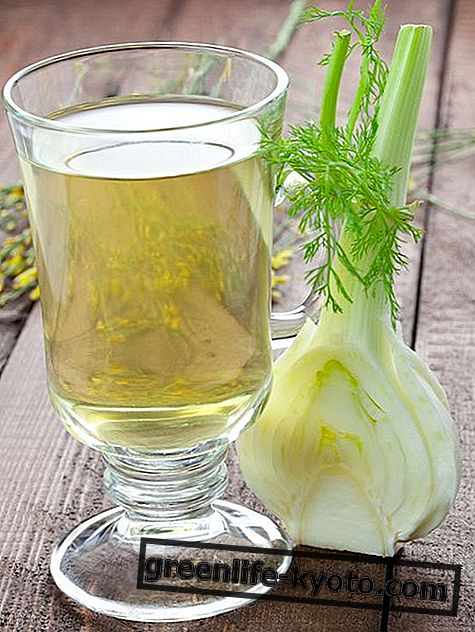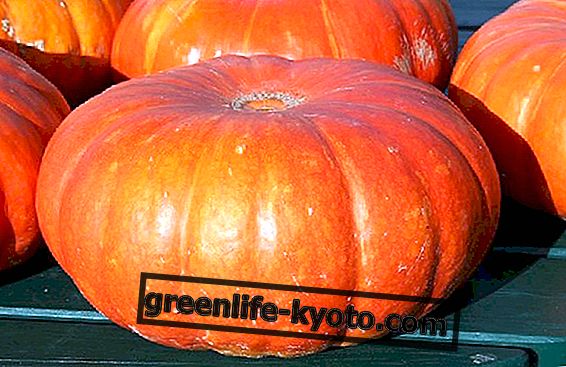Ginseng is a tonic, energizing and adaptogenic, useful against stress. What are its properties and contraindications? How and when to take it?
Ginseng ( Panax ginseng ) is a plant belonging to the Araliaceae family. Known for its adaptogenic and anti-stress properties, it is also used for the treatment of diabetes mellitus, thanks to its hypoglycemic qualities. Let's find out better.
>
>
>
>
>
>

Properties of ginseng
The virtues of ginseng are attributable to different components present in its roots. In addition to a good content in vitamins, essential oil and polysaccharides (panaxans), it is worth noting the presence of triterpene saponins, called ginsenosides, the main active ingredients of the drug .
The plant has tonic and adaptation properties, because it promotes the body's ability to adapt to stress by strengthening the immune, endocrine and nervous systems and improving physical and mental capacities.
Like all plant adaptogens, it improves the response of the brain and adrenal gland, thus increasing the body's resistance to the most diverse chemical, physical, mechanical, pharmacological and biological damaging agents.
Several studies have shown that ginseng influences the hypothalamic-pituitary axis by increasing the release of ACTH, a hormone that induces the adrenal release of cortisol or " stress hormone ". Cortisol promotes the synthesis of glycogen and that of proteins in the muscles and stimulates the functionality of the immune system, allowing the body to better withstand cold, heat, chemical poisoning, fatigue, etc.
Numerous studies also highlight its hypoglycemic properties , useful for reducing the blood glucose concentration, in the case of diabetes mellitus. Ginsenosides appear to promote pancreatic insulin synthesis and increase production of glucose transporters in the liver; Panaxans (polysaccharides) seem instead to decrease the synthesis of glucose in the liver and increase its use in various body tissues.
Its stimulating property acts on all systems thanks to its ability to temporarily increase function and activity in a rapid manner with consequent improvement of reflexes, acceleration of the nervous response, reduction of mental fatigue and enhancement of physical endurance, and memory, making it suitable for those who study or have an intense sporting activity.
Always considered an aphrodisiac food especially for men, ginseng stimulates sexual desire and functions. This virtue seems to be linked to the ability to increase the release of nitric oxide from the endothelial cells of the cavernous bodies of the penis; the resulting vasodilation would allow for a more vigorous erection.
Among the various species, Chinese medicine combines the greater aphrodisiac properties with red ginseng, whose coloring is simply due to the treatment of the root with steam (120-130 ° C for about 2-3 hours) and to the subsequent drying.
Like ginseng, there are other natural tonics. Find out what they are

Method of use
It is recommended to take it in the morning and not after 16 to avoid problems with insomnia.
- In soft extract 30-40 mg a day.
- In tablets or capsules 2 per day.
- In mother tincture 30 drops 1 or 2 times a day
Contraindications of ginseng
Ginseng intake is contraindicated in cases of hypertension, tachycardia, palpitations, insomnia, anxiety, tremors, headaches and convulsions, in the presence of serious psychiatric illnesses, during pregnancy and lactation.
Interactions have been reported with anticoagulant drugs and phenelzine (a principle found in some psychotropic drugs), with hypoglycemic drugs and insulin : consequently we do not recommend taking Ginseng in these cases.
Description of the plant
Perennial plant, erect and 30-80 cm high. Glabrous stem with terminal whorls of 3-5. The leaves are palmate, thin, finely toothed, gradually acuminate, 7-20 cm long and 2-5 cm broad.
Fusiform and fleshy rhizome, often palmate at the apex giving a human form . The inflorescence is simple or branched, with 1-3 umbrellas of 15-30 flowers each.
The androgynous flowers have green-yellow corollas. The fruit is a drupe the size of a pea, globose or kidney-shaped, violet, glossy and smooth, with two seeds.
The habitat of ginseng
Originally from the northern hemisphere in eastern Asia (mainly Korea, northern China and eastern Siberia) and in North America, it typically develops in colder climates. The Vietnamese species of Panax is the most commonly used species.
Background
The term Panax comes from the Greek, from the composition of the word pan " tutto " and akèia " cura " (a term which also gives the Italian word panacea, that is, a remedy for all ills); the term ginseng comes from the Chinese rènshēn, meaning " plant of Man " , because according to the theory of the Segnature, the shape of its root resembles a human form.
For this reason the plant is bred to produce roots that resemble the human body, and organs, that is, with branches that suggest the shape of the limbs, the head, the sexual attributes of the two sexes, etc .; farmers artisans who succeed in reproducing these forms in the best possible way are able to check the sale prices of all respect.
Apart from this, traditional Chinese medicine considers the plant an elixir of youth, which has all the imaginable therapeutic, preventive, healing and energetic virtues; and it seems that this has been happening for millennia, because ginseng appears in the most ancient medical treatises, at the beginning of the Christian era.
Ginseng is one of the natural remedies for treating tiredness
Other articles on ginseng:
> The effects on the body of ginseng
> How to overcome spring fatigue with ginseng
> Ginseng to improve sexual performance
> Anti-age ginseng: here are the recipes
> To combat stress, try Korean ginseng
> We know Indian ginseng
> Red Ginseng: tonic and aphrodisiac
> Ginseng coffee, an alternative to coffee
> How many types of ginseng exist?
> Properties, benefits and uses of Siberian ginseng
> Ginsens for sport: benefits, how and when to take it
In collaboration with Erboristeria del Pigneto

